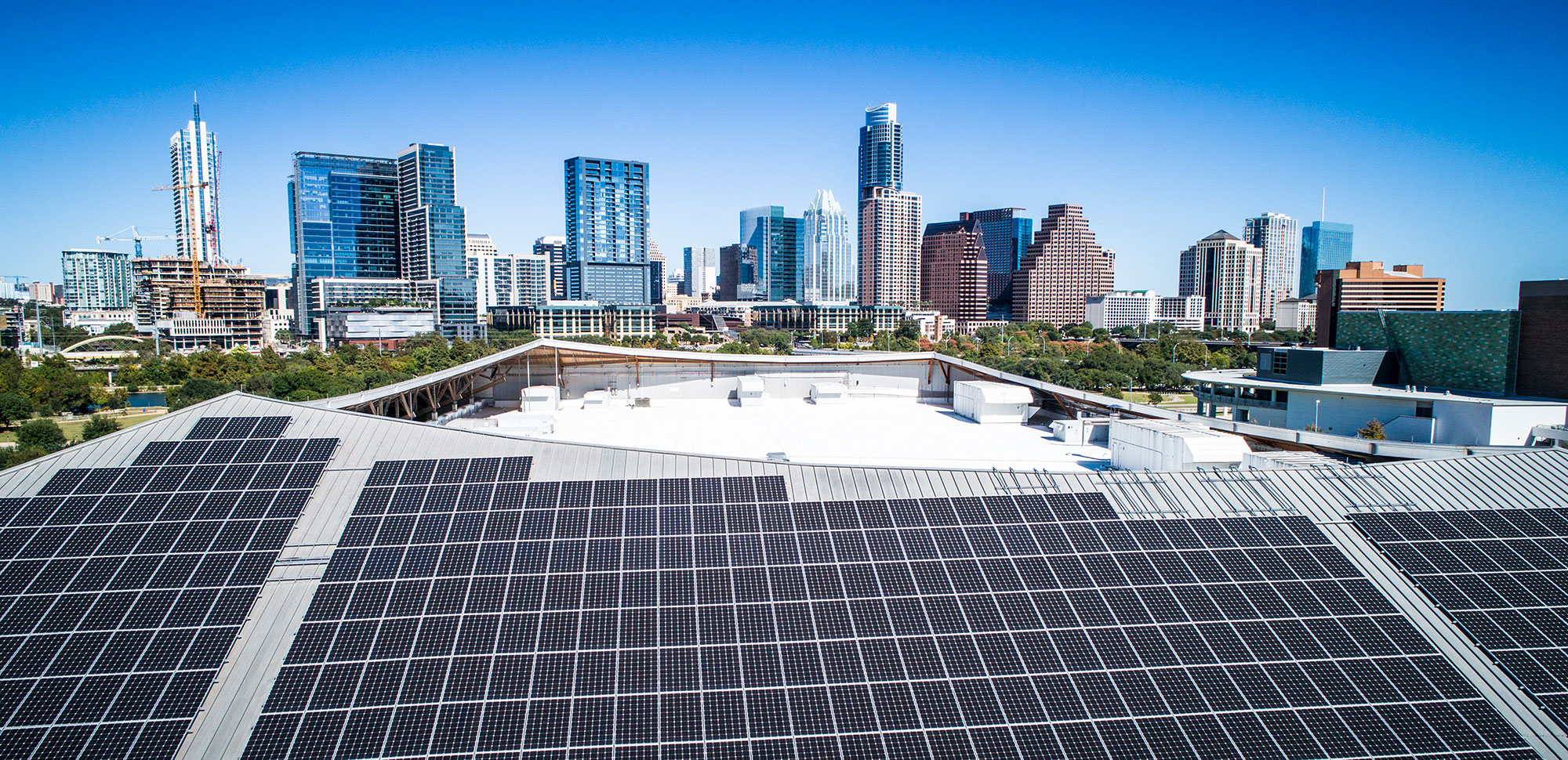
Sustainability and large businesses
For big businesses that have a wealth of resources, human and financial, sustainability can appear to be a challenge easy to tackle. However, it is not as easy as it seems as larger structures can be weighed down because of slow decision-making process, lack of training or misunderstanding of the scope of the initiative to name a few.
Management: Do you know what sustainability means and how it translates to your department?
When a large company decides to change its corporate strategy and incorporate sustainability in its plan, all decision makers in the chain of command must understand what transforming a business into a sustainable one means. A transformation touches:
- The internal system
- Tangible: investment in a technology such as solar panels to improve energy efficiency or in a benefit such as daycare programs to help employees with children
- Intangible: the organizational culture to internalize the collective action towards sustainability
- External stakeholders
- Tangible: investment in a marketing campaign and providing training down the supply chain
- Intangible: the brand of the company to be easily recognizable as a center of excellence for sustainability
By far, the intangibles, actions and mindset of employees or what a client thinks of the company, are difficult to master, especially if management does not understand nor capture the meaning of sustainability. As in every change, the mission must be embraced by everyone involved, from the Quality Manager in the production facility that can implement social measures by instituting job rotations to the Chief Financial Officer in the corporate office who can start assessing environmental impact in financial statements.
Narrowing the scope: a Herculean task
The strategy itself needs to be focused and incremented step by step to be processed as a change to adopt because everyone benefits from it at the end. The worst case scenario would be to implement a sustainable plan from top-down imposing managerial decisions all at once.
Sustainability is based on three fundamental pillars: environment, social and economy. The sustainable pie can, then, be sliced and diced in many different ways. Therefore, a collective approach must become the foundation of the transformation and an incremental roll-out plan must cement the strategy implementation.
For example, a company may want as a first step to improve waste management in their production. The next action would be to identify who is concerned by this change: everyone. From the HSE expert to the employee in the corporate office (see table 1).
| Improve water management efficiency | Environment | Social | Economy |
| Who? | HSE consultant
Production Manager |
HR
Facility Manager All Employees |
Marketing Team
Communications Team Sales Team |
| What? | Use less water in the production process | Use less water in the facility (warehouse, offices, etc…) | Use less water as a community and within the supply chain |
| How? | Invest in R&D | Invest in a technology to time off the water in the facility (restrooms)
Cut off the hot water during summer |
Sponsor local associations or events promoting water management
Send green communications to suppliers |
Table 1: Water Management Sustainable Action Plan Mock-Up
Attacking one small piece of transitioning to a sustainable model already represents a radical shift in positioning for the large company, but ensuring all departments are moving in tandem requires a cohesiveness only achieved by visionary management. All experts must become generalists, and all generalists must become experts.
Need any help?
Large or small, the SEAM Program can guide all business into the sustainable road.